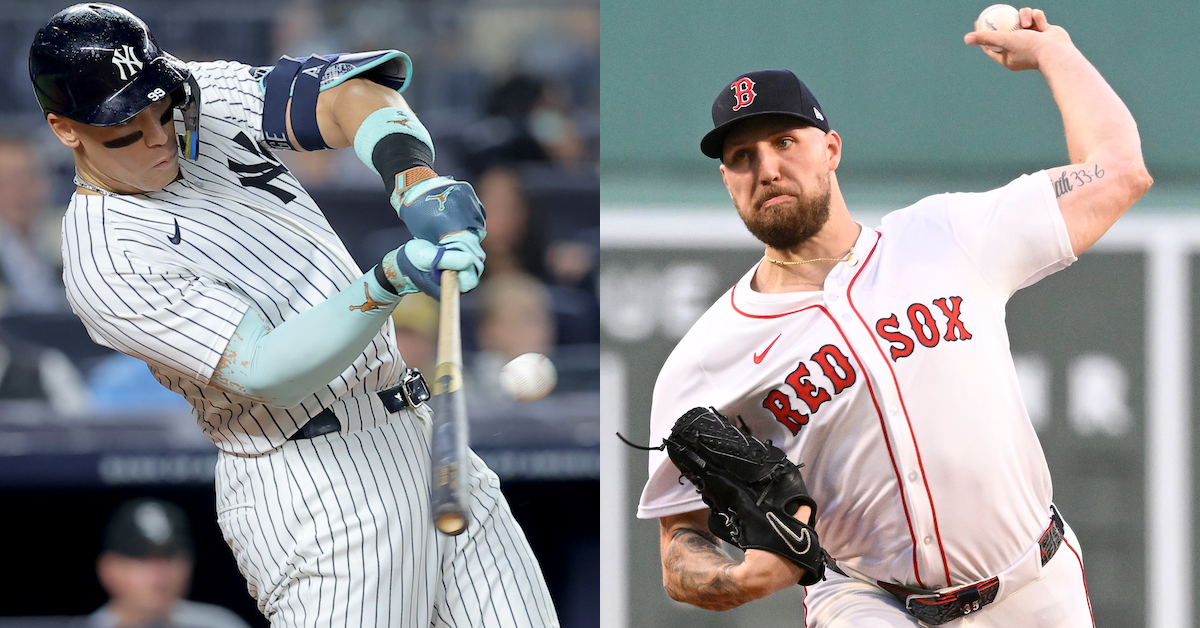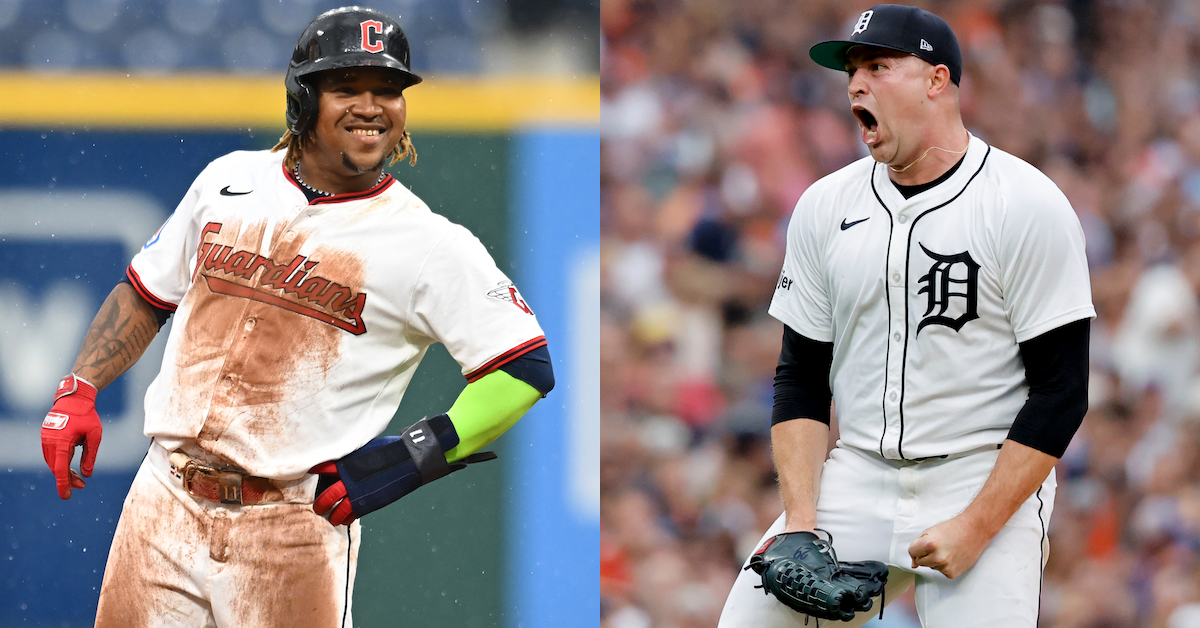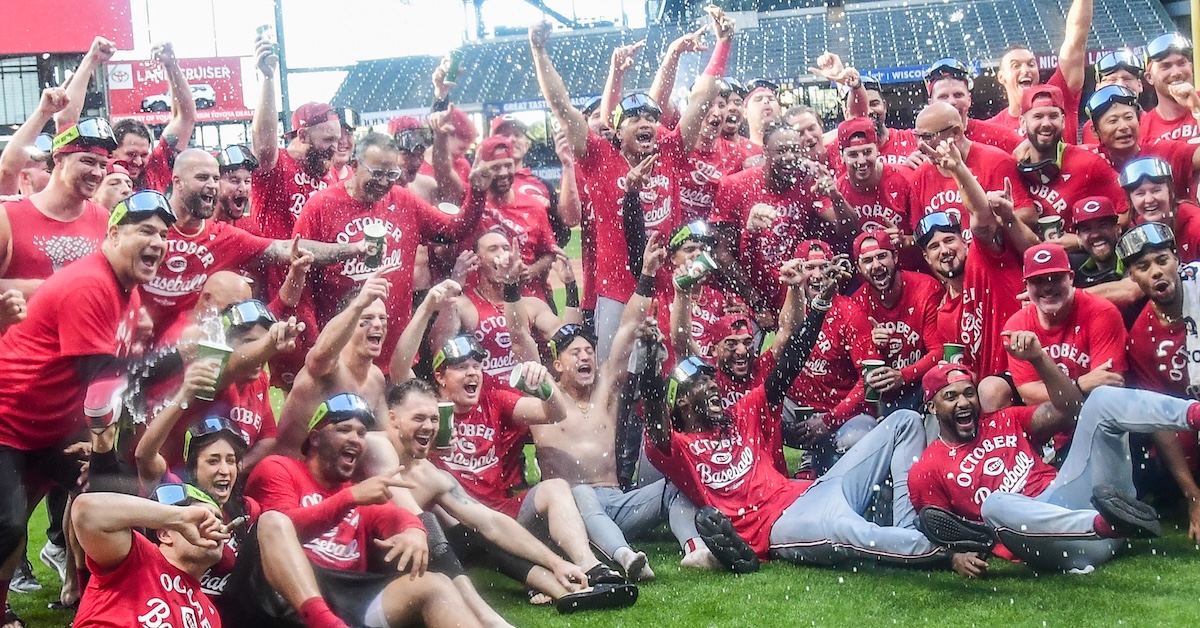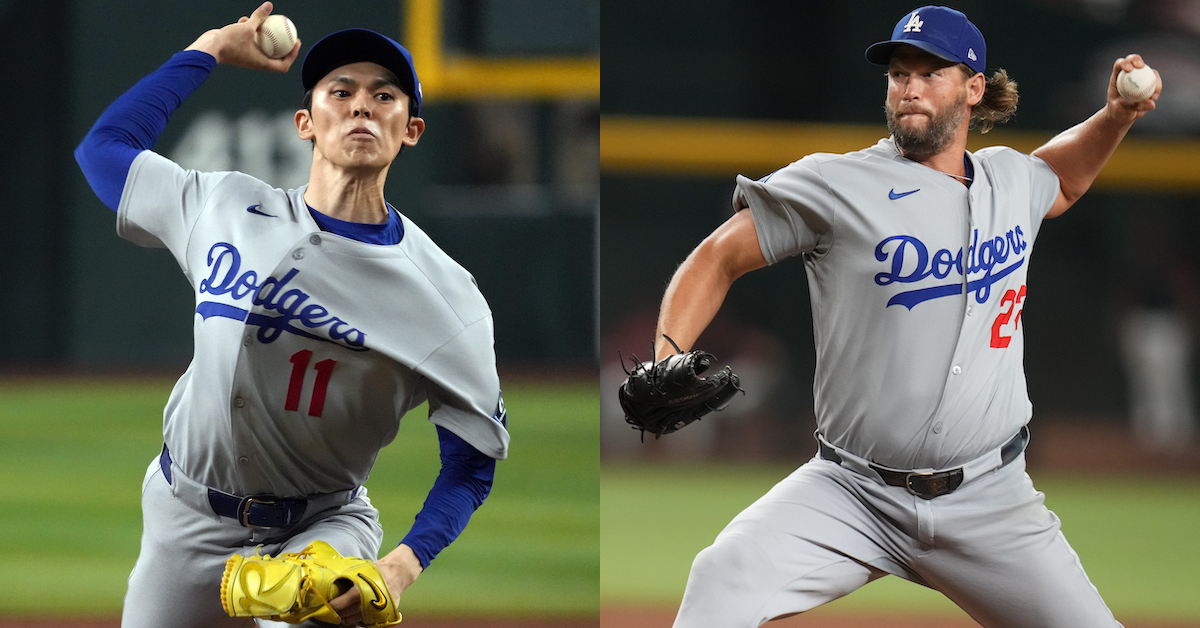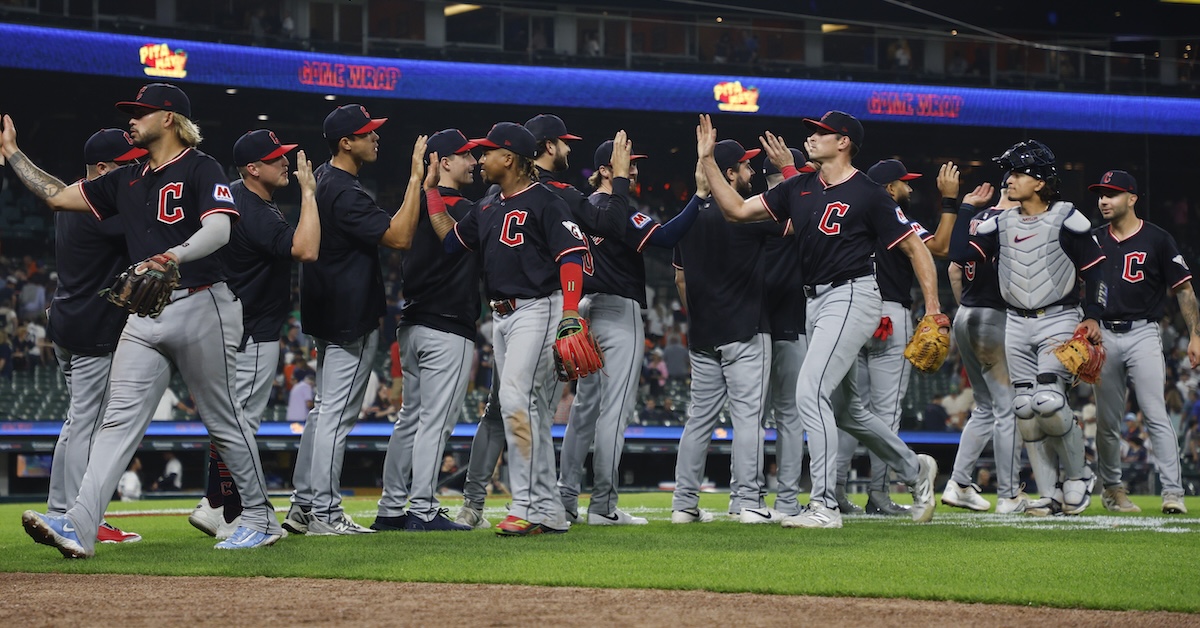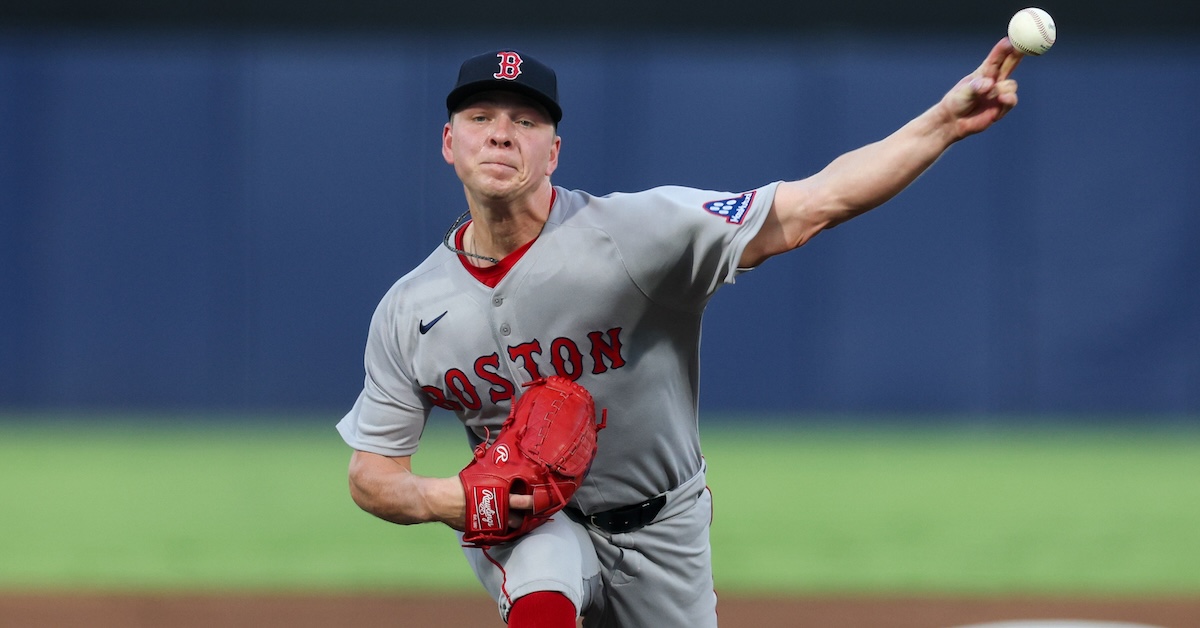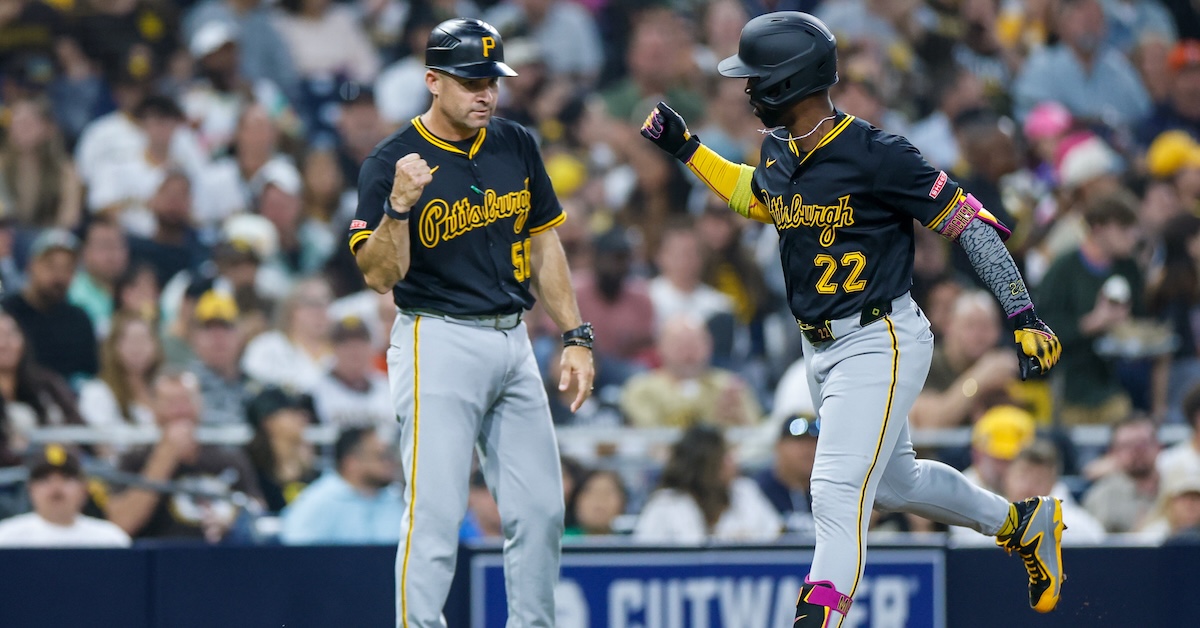Let’s Hear From Gavin Williams, and From Others on Cleveland’s Pitching Factory
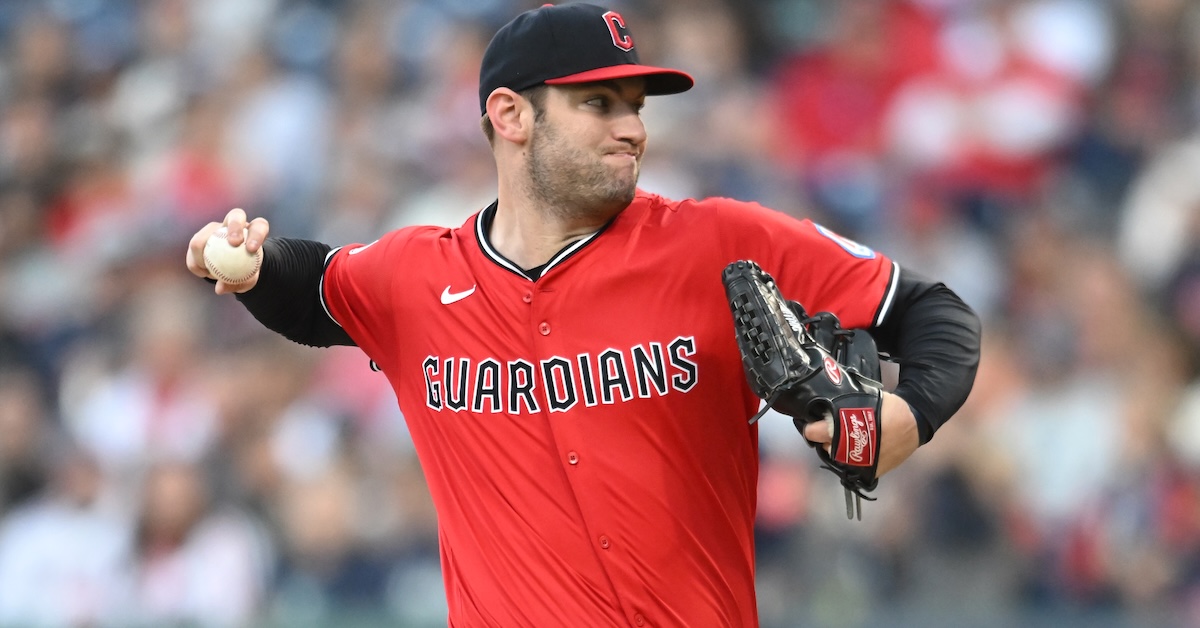
The Cleveland Guardians are playing postseason baseball for the seventh time in the past 10 seasons, and it’s not because of a prolific offense. The low-budget AL Central club doesn’t score a high number of runs, but neither do its opponents. The Guardians allowed the third fewest runs in the junior circuit this year, and only the Houston Astros have been stingier over the past decade. Cleveland’s reputation as a pitching factory is well-earned.
How do Guardians hurlers view the organization’s pitching group, which is fronted at the big league level by pitching coach Carl Willis and includes assistants Brad Goldberg and Joe Torres, as well as bullpen coach Caleb Longshore? I recently asked that question to a quartet of Cleveland pitchers, three of whom are on the current staff, and another who was on the team prior to this summer’s trade deadline.
Before we hear their thoughts, though, it makes sense to touch on the 26-year-old right-hander who is slated to take the mound in this afternoon’s Wild Card Series opener against the Detroit Tigers. I didn’t talk to Gavin Williams about the Guardians pitching group, but I did ask him how his game has grown since we first spoke two years ago. Read the rest of this entry »
